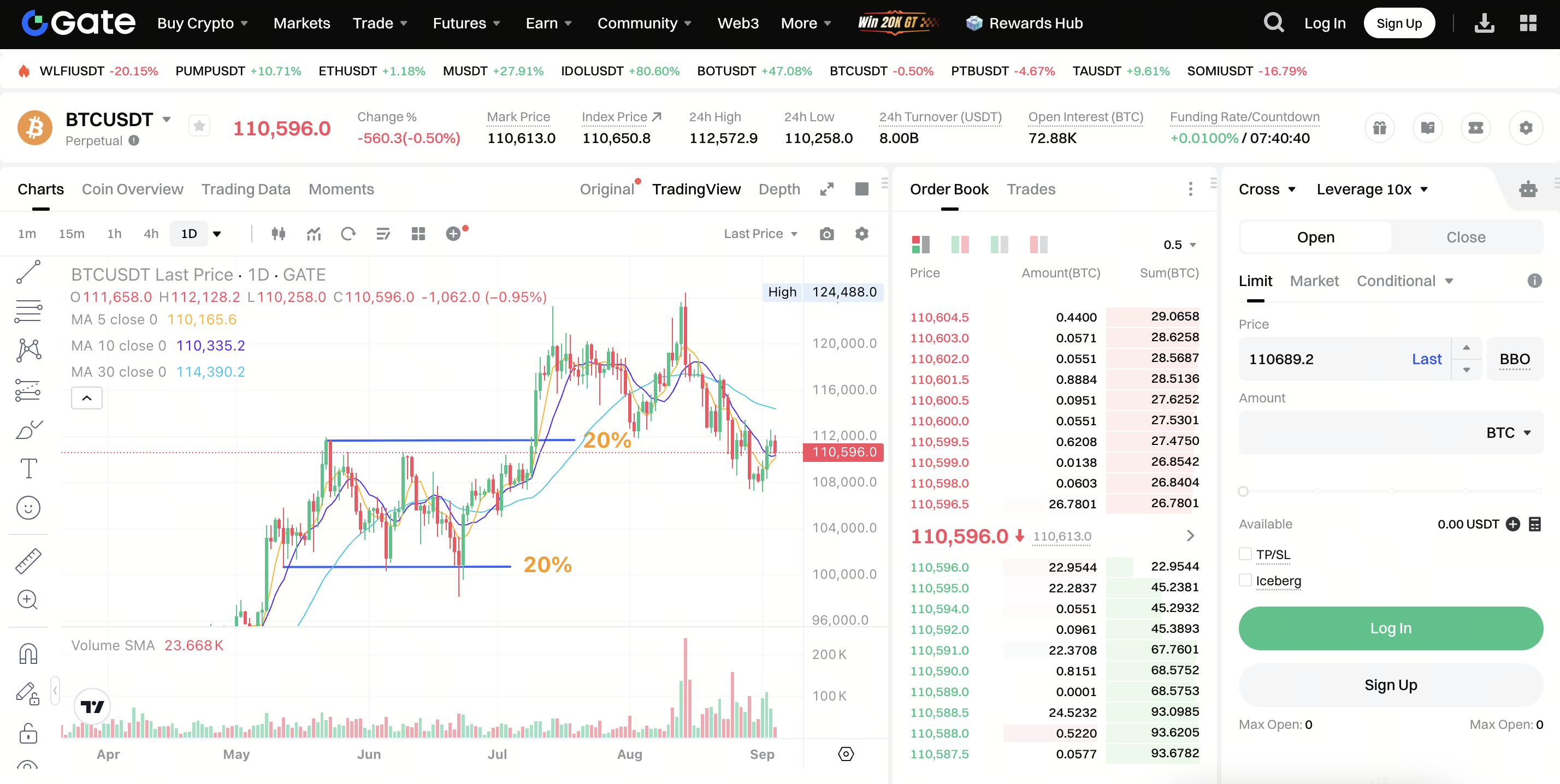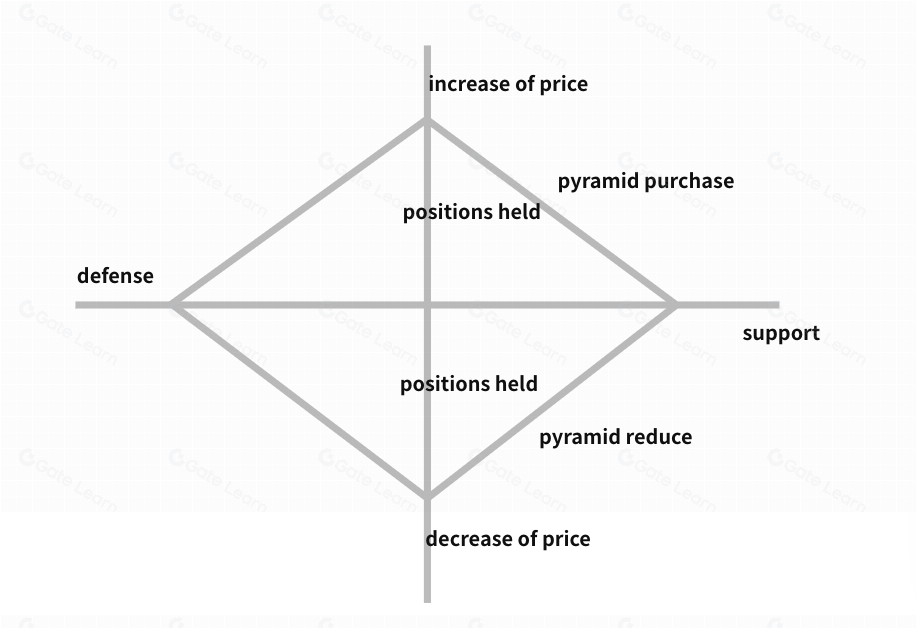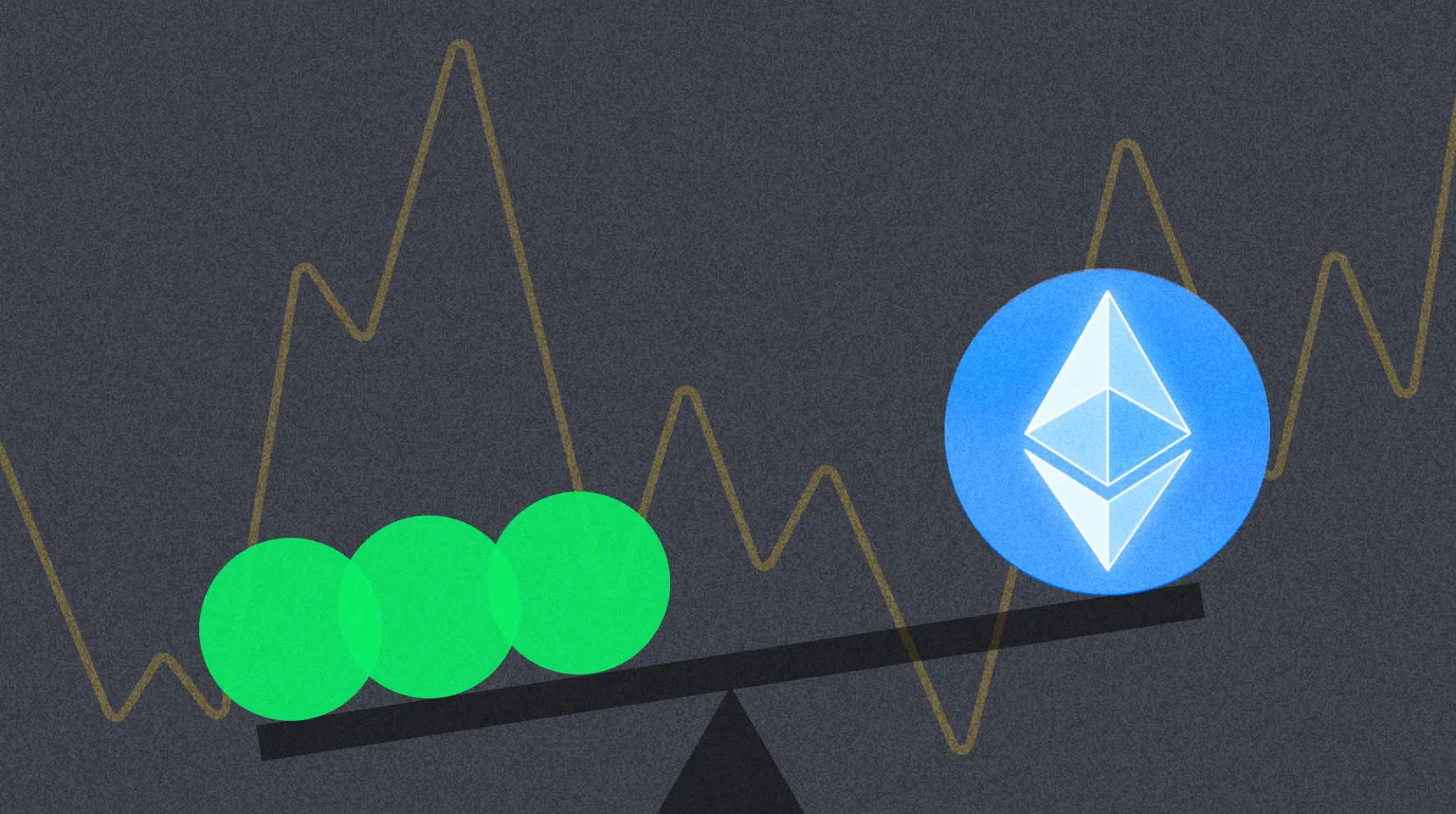Good futures position management equals no fear of market volatility
1.The advanced Gate learn column helps users build their own professional crypto futures trading system. The framework is built around investment philosophy, futures tools and trading systems. 2.In this article, we will introduce some useful position management strategies. Let’s first start from the fundamental concepts and then move to specific strategies to help you build a position management mindset.
What is position management
Position management is also called fund management in crypto trading. But what exactly is position management? It is simply the action of managing your positions. A full position means the largest positions the account balance can support. Position sizing is the percentage of position you hold in your account.
The importance and necessity of position management
In crypto futures trading, you might be wondering how to gain enough profit without holding large positions? Risks and profits coexist with each other. Risks will be uncontrolled if you unleash the possibilities of making more profits. For new crypto traders, unrestrained investing of capital without ensuring win rates is the fastest way to blow up a trading account (another mistake to cause liquidation is not setting stop-loss).
Position management is a preventative method to avoid risks rather than tools to seek more profits. Many successful traders told us that they take a large position only if they are really confident about a trade (e.g. critical upside breakthrough) provided that they have set stop-loss in advance. After all, surviving in the market is the most important precondition for making profits.
As a result, we can see that position management is a necessity in crypto futures trading. When market signals are unclear, taking small positions to test the market waters before you establish a completed trading system is always a wise option. Although you can not make huge profits immediately, you can avoid huge losses by having position management and stop-loss in place.
How to do position management
First things first, traders have to be aware that position management does not solve the problem of low win rates. It helps traders survive longer to buy themselves enough time to catch their market opportunities. As a result, position management should not be discussed without considering the trader’s own timing, mental toughness, market entry or exit rationale.
Trend traders often do not have a high win rate, but their profit/loss ratio could be very high. This requires strict position management during trend trading to control the cost of every trade. Once the test order makes profits, traders will keep increasing position size to increase his/her profit/loss ratio and compensate for the weakness of low win rates.
Short-term traders rely on high win rates and low profit/loss ratio to make profits, so they need to increase their capital utilization to maximize the profits. Of course, they also have very strict stop-loss discipline. From another perspective, this helps to lower the risks of trading in large positions.
- Principles always need to follow:
- Never invest all your money in the market. When you just start trading or always get stuck in the situation of winning small and losing big, investing all your money in the market will only amplify the losses and affect your mood. Of course, short-term traders can try out large positions provided that they can stop losses decisively and the profit/loss ratio of the trade is reasonable.
- Trading with proper position sizing strategy. Trading, to some extent, is a game of probabilities, but by no means is a static model. After your entry, the ever-changing market is very likely to have trends you should react to by increasing or reducing positions. Meanwhile, your win rate and profit/loss ratio are also changing, so this requires you to do proper position management.
Position management strategy should be based on previous records of opening and closing positions and mental toughness. Following analysis will just provide you with a way of thinking. Actual position management strategies should be based on personal trading strategies. What factors need to be taken into consideration? Here are some factors for your reference:
- Risk preference. You have to determine whether you are aggressive or conservative; how many losses are acceptable; how many percentages your losses account for in your trading system.
- Trade win rate. Position management should be determined alongside trading win rate. And then you can ensure that you can survive after reasonable occurrence of losses.
- Risk/reward ratio is profit/loss ratio. Win rate and profit/loss ratio are intertwined with each other. Position management alongside a good balance of win rate and profit/loss ratio help you survive the darkest period, otherwise you will die before dawn comes.
Overall, position management is not a static model. It is indeed a necessary part that comprises your trading system. The entry & exit strategy and position management complement each other and are both indispensable parts of the trading system.
Common position management strategy
1. Rectangle position management
In this strategy, the amounts of capital used in the entry stage and the percentages it takes in the whole account are all set in advance when the positions are opened. Later, each time when the positions need to be increased, traders will follow the rule to invest in an equal percentage of funds. After several times of increasing positions, the cost basis chart resembles the shape of a rectangle. So, the strategy has its name.

- Strength: The overall cost basis will be increased each time positions are increased, so risks can be diversified. If traders make correct decisions, they will get a decent profit by adopting this strategy.
- Weakness: The cost basis will increase rapidly and traders will face a negative situation where the speed of averaging down costs gets slower and slower. So, they are more likely to be locked in..
2. Pyramid position management
If the amount of capital used in the initial stage is large and the market trend goes contrary to the expectations, positions should be reduced gradually. If the market trend is in line with the expectations, positions can be increased, but the percentages of the increase should be smaller and smaller each time. The cost basis chart features larger bottoms and smaller tops, so it is called pyramid position management strategy.
The strength is that the position sizing is managed by means of return rate. The higher the win rate is, the larger the positions will be. The downside is that it is hard to make profits in volatile markets.

3. Funnel position management
The capital invested in the entry stage is low and if the market trend goes contrary to the expectations, traders can purchase more to average down the cost and hold larger positions. The cost basis chart features small bottoms and large tops, so it is called funnel position management.

This strategy has lower risks in the beginning. If your account does not blow up, the funnel size will grow taller and taller and the trader will make more profits. The weakness of this strategy is that it should be adopted on the basis that the trader has correct market predictions. It is quite demanding on the trader’s ability to monitor and trade in the market. If the prediction of market direction is wrong or the cost basis can’t be averaged down, the trader will face the awkward situation of being locked in.
Three position management strategies have their own merits. To put it simply, the rectangle strategy is suitable for a volatile market; the pyramid strategy fits an early bullish market; funnel strategy is ideal for buying low.
Closing thoughts
The meaning of position management is to provide a mindset and a tool to match risks with profits and hedge the unknown risks. Position management should be combined with personal trading strategies to achieve the effect of losing small and winning big. In real practice, traders should find the strategy that fits them well, and react to the market dynamically.
To check out more real trading practices, go to Gate futures trading. Register a Gate account now and start your journey!
Disclaimer:
This article is for informational purposes only. Such information provided by Gate does not constitute any investment advice and we are not responsible for any investment you make. Technical analysis, market judgments, trading tips, and trader sharing may involve potential risks, changing investment environment, and uncertainties. This article does not provide or imply any opportunities with guaranteed returns.




